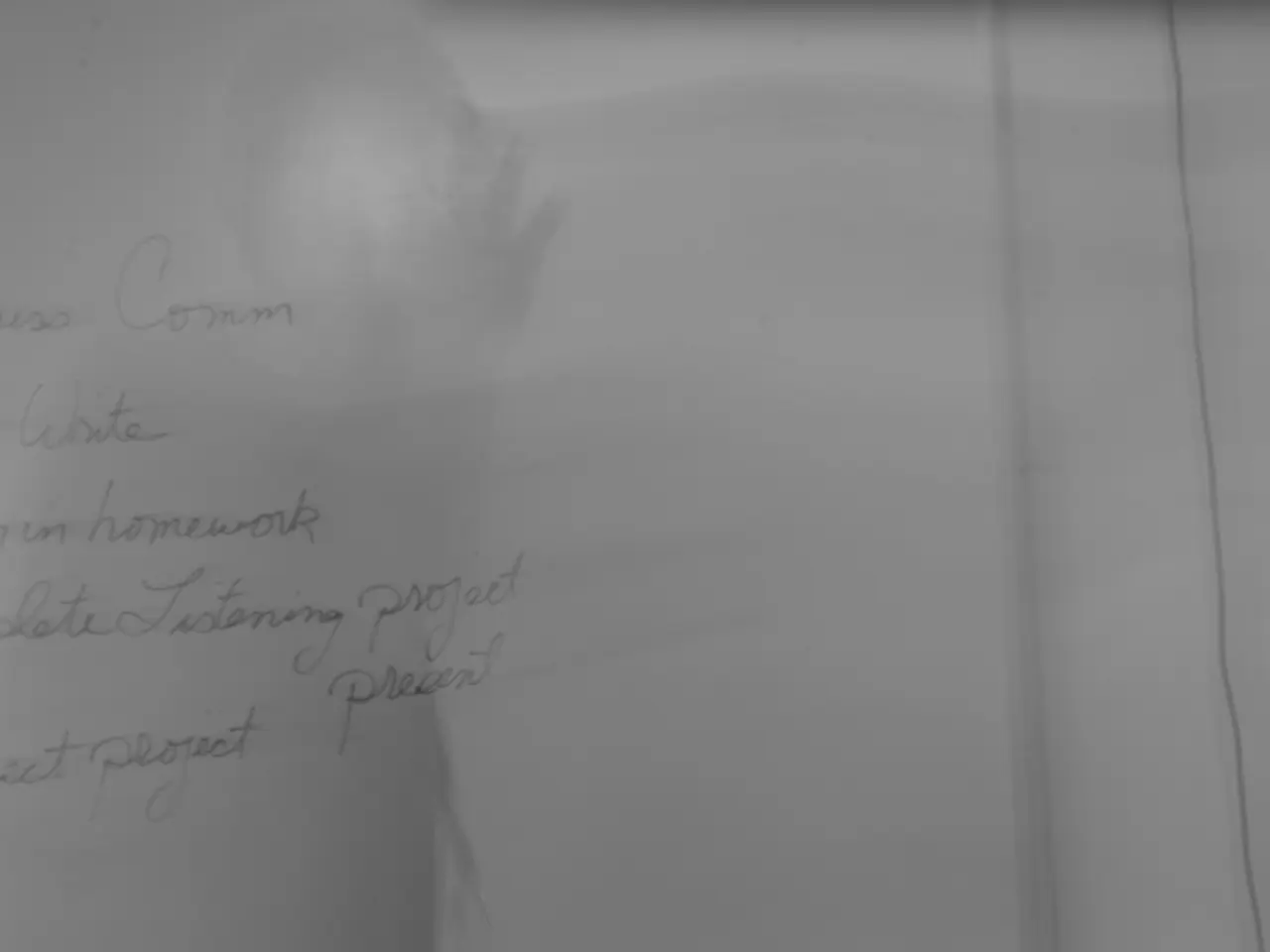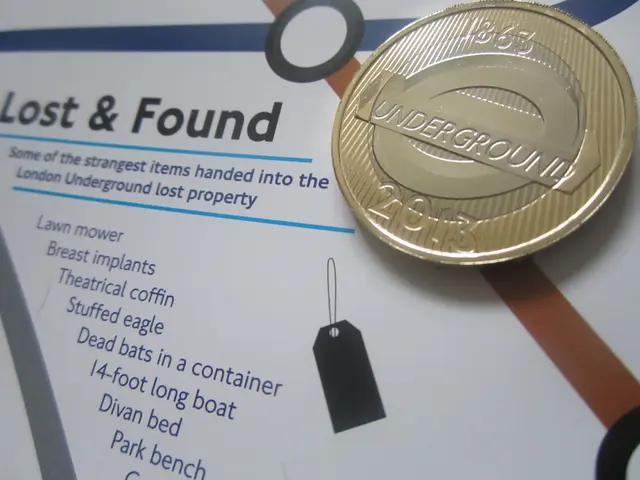Trump Declares Implementation of Reciprocal Customs Duties, Commencing Soon
In a significant move, President Trump issued an executive order on July 31, 2025, updating reciprocal tariff rates for approximately 70 countries, effective August 7, 2025. The new tariffs range from 10% to 41% and establish a new baseline 10% tariff for imports from all countries.
The revised rates mark a departure from the initial reciprocal tariff regime announced on April 2, 2025, which set a baseline tariff of 10% but delayed implementing higher, country-specific reciprocal rates to encourage trade negotiations. The April 2 order established a baseline 10% tariff for all countries and planned reciprocal tariffs for about 60+ countries, but these were delayed multiple times.
The July 31 update finalized and significantly adjusted these reciprocal rates for nearly 70 countries, with many countries subject to increased tariffs between 15% and 41%. Countries not listed face the 10% baseline tariff. Notable countries such as Canada, India, and Brazil saw sharp increases in their tariff rates relative to rates initially indicated in April, reflecting new policy concerns.
On the other hand, countries with ongoing or concluded trade agreements with the US, such as the European Union, United Kingdom, Japan, South Korea, and others, have tariff rates that reflect negotiated terms, sometimes lowering or altering the base rates proposed in April.
For goods from the European Union, tariffs are structured so that goods with general duty rates below 15% face a reciprocal tariff equal to 15% minus the general duty rate, while goods with general rates 15% or above face a 0% reciprocal tariff. A 90-day pause on new tariff increases for Mexican imports was also announced, though existing tariffs like the 25% fentanyl tariff remain.
Laos, Myanmar (Burma), Switzerland, and Syria have the highest tariff rates at 40%, 40%, 39%, and 41%, respectively.
In light of these changes, law firm WilmerHale is closely monitoring developments with respect to the reciprocal tariff regime and is prepared to advise clients on how to navigate and mitigate the effects of these tariffs. The firm is also prepared to provide guidance on the ongoing Section 232 investigations concerning imports of semiconductors, timber and lumber, pharmaceuticals, processed critical minerals, trucks, commercial aircraft and jet engines, unmanned aircraft systems, and polysilicon.
President Trump is reportedly considering another 90-day extension, and as of August 6, 2025, Brazil will be subject to an additional 40% tariff rate. The Administration has announced deals with the European Union, Indonesia, Japan, Philippines, South Korea, United Kingdom, and Vietnam regarding reciprocal tariffs, but the terms of these deals are not fixed. Some countries that have not struck deals with the Administration have a fluid status.
The new Executive Order provides a degree of certainty regarding U.S. tariff rates, marking a significant step in the ongoing trade negotiations and policy recalibrations.
- The new Executive Order on July 31, 2025, has adjusted the reciprocal tariff rates for approximately 70 countries, causing a shift in the finance and business sectors as countries such as Canada, India, and Brazil face increased tariffs.
- In politics, the Administration's recently announced deals with the European Union, Indonesia, Japan, Philippines, South Korea, United Kingdom, and Vietnam, regarding reciprocal tariffs, indicate a focus on general-news developments in the industry and finance, while countries that have not struck deals continue to face an uncertain future.




